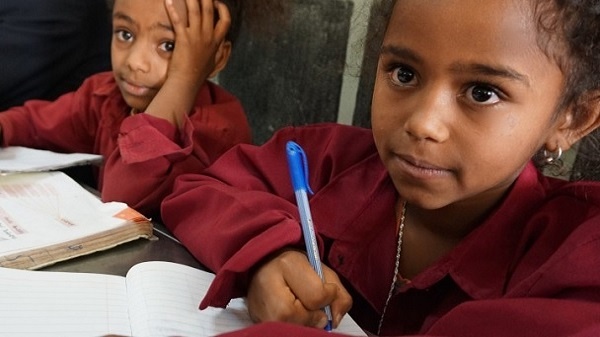
Ethiopia has seen its education system expand quickly over recent years. The completion rates at the primary school level projected to 2030 are the fastest in the region.
By GEM Report
In July 2019, the UNESCO Global Education released new projections to 2030 for the global education goal, SDG 4, along with the UNESCO Institute for Statistics (UIS). While not all projections can be drilled down to the country level, the completion rate projections can and shine a light on some countries that have been making faster progress relative to others. Ethiopia is one of these. What are the reasons for its success and how can others follow its example?
Ethiopia, like many countries in the region, has seen its education system expand quickly over recent years. It has gone from 10 million learners a decade ago to more than 25 million learners today. Despite this vast expansion, the completion rates at the primary school level projected to 2030 are the fastest in the region. It will have gone from only 3 in 10 children completing primary education in 2000 to 8 in 10 completing in 2030. Along with India, it will be topping the list of countries to have reduced their out of school numbers the most in relative terms.
Money is not always the answer to everything, but it has most definitely played a central role in this story. We learnt a lot about this from analyzing Ethiopia’s 2017 voluntary national review as part of our research for our new publication released this week: Beyond commitments: How countries are implementing SDG 4.
Ethiopia dedicates the second highest proportion of its entire budget to education of any country in the world – 27%. This is far more than the international suggested benchmark of 15-20% and the regional average of 16%. And a quarter of Ethiopia’s budget will not be insignificant given the economic boom we’ve seen in the country, which has witnessed the fastest growth of any in the region, growing by an average of 10% a year from 2006/7 to 2016/7, which is about double the average growth in the region.
Continue reading this story on World Education Blog
